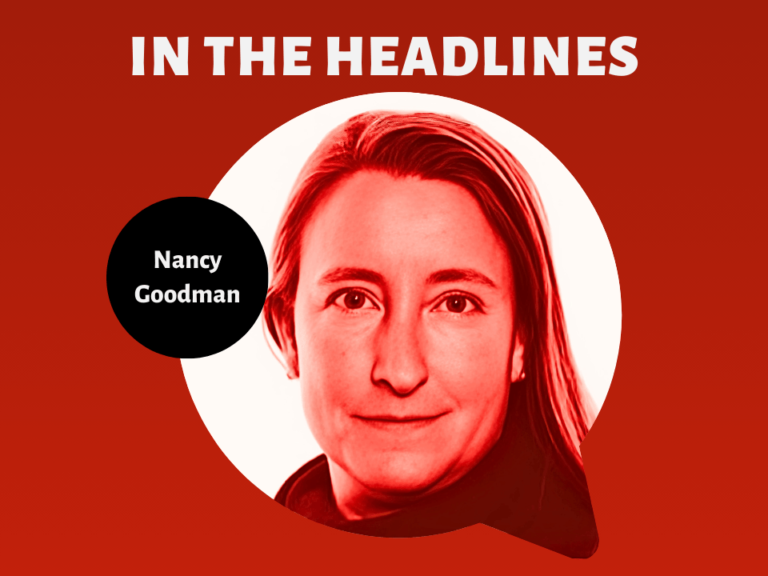City of Hope has signed an exclusive worldwide licensing agreement with Scopus BioPharma Inc. to develop and commercialize a City of Hope first-in-class, targeted immuno-oncology gene therapy.
A first in-human phase I clinical trial for B cell lymphoma patients that uses the licensed gene therapy drug, CpG-STAT3siRNA, a STAT3 inhibitor, is expected to commence at City of Hope in the second half of this year.
Growing evidence links B cell non-Hodgkin lymphomas to persistent activation of STAT3, a gene that drives tumor cell growth and anti-tumor immune suppression. The STAT3 inhibitor is a highly selective and targeted therapy that silences the activity of the STAT3 gene by way of RNA interference. It also stimulates the TLR9 receptors to activate the body’s immune defense to recognize and kill cancer cells.
In preclinical testing at City of Hope, the STAT3 inhibitor has successfully reduced growth and metastasis of various preclinical tumor models, including melanoma, and colon and bladder cancers, as well as leukemia and lymphoma.
City of Hope’s Hua Yu, Billy and Audrey L. Wilder Professor in Tumor Immunotherapy, associate chair/professor in the Department of Immuno-Oncology, and co-leader of the Cancer Immunotherapeutics Program, and Marcin Kortylewski, associate professor in the Department of Immuno-Oncology, who are both leading experts in the role of STAT3 in tumor angiogenesis and tumor immune evasion and in oligonucleotide-based cancer immunotherapies, developed the STAT3 inhibitor.
The strategy was developed based on seminal discoveries by Yu’s team defining the key role of STAT3 in cancer cell survival and immune tolerance, combined with pioneering work by Kortylewski’s team on STAT3 targeting using TLR9-targeted delivery of siRNA oligonucleotide therapeutics into immune cells.
“STAT3 is critical for the survival and metastasis of cancer cells, and for suppressing anti-tumor immune responses,” Yu said in a statement.
“Our laboratories were the first to demonstrate that successful cancer immunotherapy needs to be two-step since TLR9 immunostimulation is only effective when STAT3 in the tumor microenvironment is no longer active,” Kortylewski said in a statement. “It is exciting to see this technology approaching clinical application with a strong ally in biopharma.”











